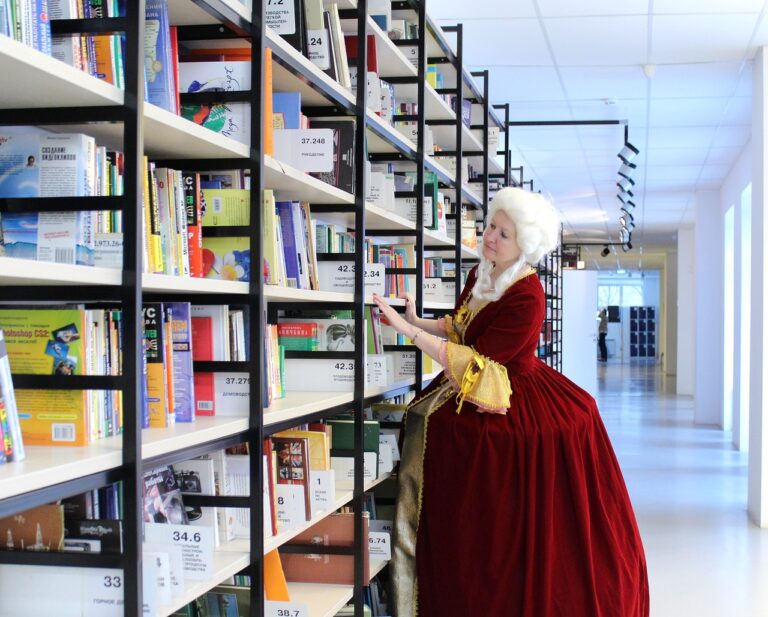Rethinking Classroom Design: Spaces That Enhance Learning
Classroom design significantly impacts students’ learning experiences and academic performance. The physical layout of a classroom, including factors like seating arrangement, lighting, and organization, can either enhance or hinder students’ ability to focus and engage with the material being taught. A well-designed classroom can foster a positive learning environment, encouraging collaboration, creativity, and active participation among students.
Furthermore, research has shown that elements such as classroom acoustics, temperature, and aesthetics play a crucial role in student motivation and overall well-being. When classrooms are thoughtfully designed to meet the diverse needs of learners, students are more likely to feel comfortable, supported, and inspired to learn. By paying attention to the details of classroom design, educators can create spaces that empower students to reach their full potential and achieve academic success.
Creating Flexible Learning Environments
Flexible learning environments are essential for accommodating diverse learning styles and needs in today’s classrooms. By incorporating movable furniture, such as desks and chairs on wheels, teachers can easily reconfigure the classroom layout to suit different activities. This adaptability promotes collaboration, group work, and independent study, enabling students to engage with the material in a way that best supports their learning.
In addition to movable furniture, technology integration plays a key role in creating flexible learning environments. Providing access to digital tools, such as laptops and tablets, allows students to explore different resources, collaborate virtually, and engage in interactive learning experiences. This seamless integration of technology not only enhances the learning process but also prepares students for the digital-driven world they will navigate beyond the classroom.
The Importance of Natural Lighting in Classroom Design
Natural lighting plays a crucial role in classroom design, impacting students and teachers alike. Studies have shown that exposure to natural light can enhance focus, mood, and overall well-being. Bright, naturally lit spaces have been linked to increased productivity and better academic performance among students. The physical environment of a classroom, including the presence of natural light, can greatly influence the learning experience.
Incorporating ample natural light into classroom design is not just about aesthetics; it is a key factor in creating a conducive learning environment. By maximizing natural light sources, educators can help reduce eyestrain, lethargy, and headaches often associated with artificial lighting. Furthermore, exposure to natural light has been found to regulate circadian rhythms, leading to improved concentration and alertness. In essence, integrating natural lighting considerations into classroom design can significantly impact the overall educational experience for both students and teachers.





